Why old school strategy is the answer to social media woes
I have spent a lot of time over the last few weeks looking at a client’s social media content. They just want it to be easier and better. It is something a lot of organisations are trying to achieve. I have looked at their likes, shares, and comments based on the type of content they posted. But there is little advice I can provide without understanding what their strategy is. Here is why.
In government social media management can be difficult. Not only do you need to navigate the different platforms, but you need to apply an old school approach to approvals and content development. In my study last year into government use of social media I found the biggest barriers for practitioners included risk-adverse management, and a lack of appreciation for the value of social media internally.
Social media is a complex beast, and I don’t have all of the answers, but I look at this problem from a public sector perspective. It’s just not the same as running social media in the private sector. I’ve been to social media training and rolled my eyes at the suggestions they provided, Facebook live would never work in my world. Because like it or not we work in a complex environment that is unique the public sector and how we communicate has to adapt to this world.
While social media may not be my area of speciality, communication strategy is. I believe the first steps to getting social media right is within the fundamentals of strategy. Once you have a strategy in place that you can start to improve your approach.
Here are the basics I think you need to have a good handle on, if you are going to manage your government social media channels effectively.
Know your audience
How will you communicate effectively if you don’t know who you are speaking to? I know this is the fundamentals of communication, but it is something that is often overlooked when we work in social media. “The public” is not an audience, everyone in the world is not on Instagram!
Your social media analytics tools will be able to provide some demographic information about your followers, overlay it with more general information specifically about the platform (try the Yellow social media report). If your followers aren’t your target audience, why are you in this channel? If they are, are you communicating to them in a way that resonates with them?
Know why you are there, understand your purpose
This sounds so simple, but again it’s a basic that is often overlooked. While your purpose should link to a business goal, it also needs to be specific to the platform and what you want to achieve by having a presence there. Understanding the platform and what it can do to contribute to your business goals will help focus your content and ensure you don’t go off track. Your purpose may be simple, to share one-way information, but know that and embrace it. Don’t try to be something you are not. If it is to engage with your audience, what content are you posting to create the conversation.
Know what you are trying to say
Often, we get so distracted trying to fill our feed we lose sight of what we are trying to say. Resharing content is a great way to stay relevant on a quiet day but often desperation takes over, and you share anything vaguely relevant. This can dilute your message and will not be that interesting to your followers. Having some really clear content pillars (or topics) aligned with your key messages will ensure that even when you need to use someone else’s content, it will be on topic.
Know what success looks like when you get there
Typically, we set objectives based on the number of followers a channel has, or the number of likes a post gets. The simple stuff. But have you stopped to think what that is actually achieving? Is it better to increase your shares to extend the proliferation of your message rather than getting more likes? Are more followers that aren’t relevant better than a smaller group of engaged people? Unless you know what you are trying to achieve and how you will measure it, success in social media will be hard to obtain.
I think the struggle with being a communicator in this day and age is that you think you have to be on social. So we leap in, without stopping to think why are we here? There is often a lot of pressure to have a “two-way conversation” and build a “community” but if that is not your objective or you work in an environment where it’s not possible, think about focusing on creating compelling information rather than trying to measure success against someone else’s benchmark.
To help everyone out with getting a strategy in place, I have created a quick channel strategy template that you can work on in the upcoming “quiet period” with your team. It’s short and sweet so you can pin it to your wall and keep it front of mind.
A former colleague said to me the other day, “part of being successful in social media is sometimes just luck.” I agree (some times it is still such a mystery to me)! But I think it’s also about using our existing communication practices, like strategy development, in this new world.
Need help with your social media strategy? Not sure where to start. Great communications is formed on the basis of a great strategy especially in social media! Contact Elm Communications.

